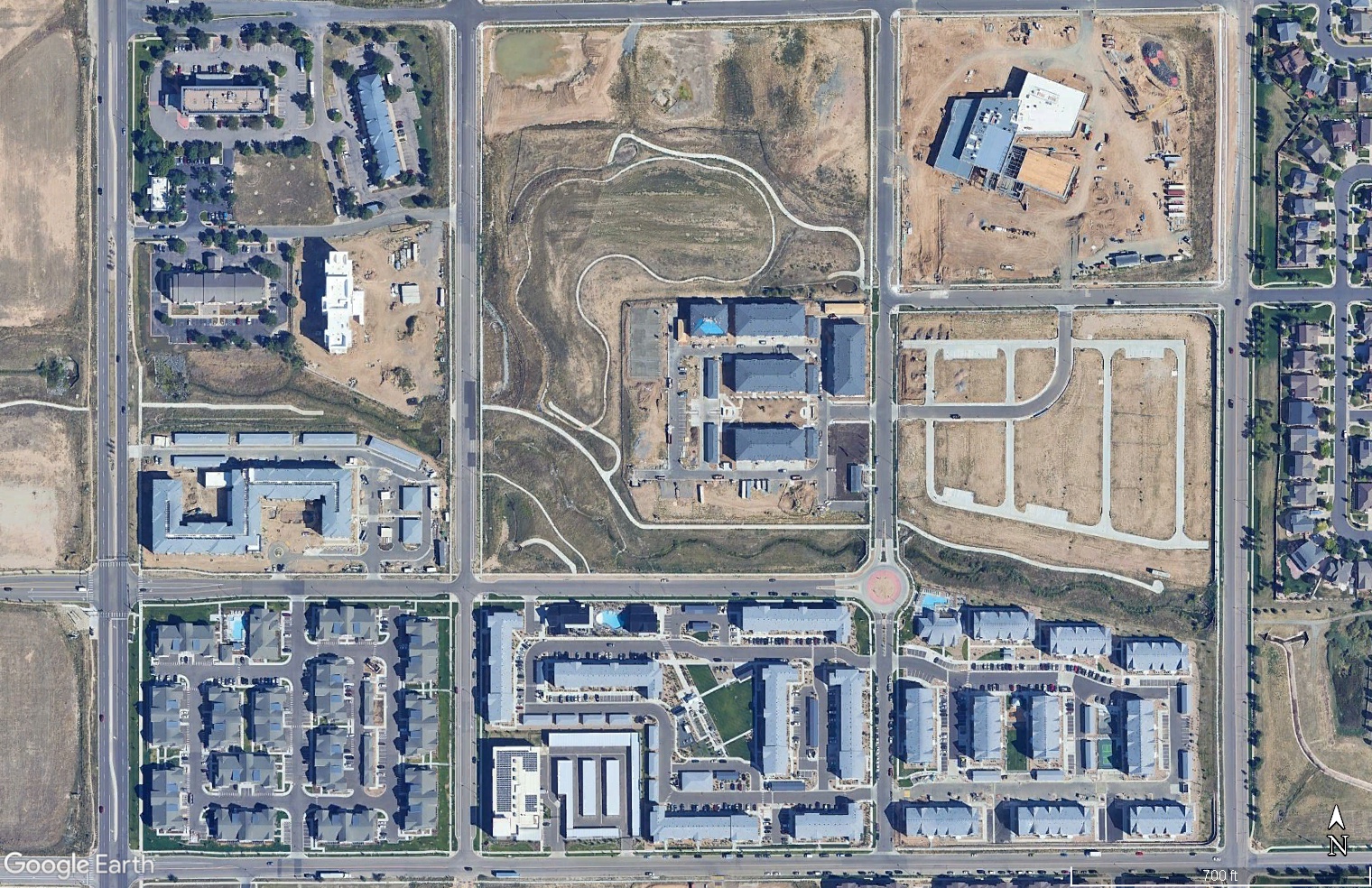Written by Mark West, PE, CFM, LEED AP
Natural channel design (NCD) in water resource engineering flips the script on traditional methods by mimicking, rather than manipulating, natural river systems. Some of the key aspects of this approach include:
- Emulating nature: NCD strives to replicate the features of stable, self-sustaining rivers. This includes elements like meanders, pools and riffles, and floodplains. By mimicking these natural formations, the channel can more effectively handle variations in water flow and sediment transport.
- Focus on stability: A core principle is designing channels that maintain their dimensions and form over time. This reduces erosion and sedimentation issues, promoting a healthy aquatic environment.
- Multi-functionality: NCD goes beyond just flood control. It considers the ecological benefits of the channel, incorporating features that improve water quality, provide habitat for aquatic life, and enhance the riparian zone.
- Natural materials: NCD favors using natural materials like rock and woody debris to create structures within the channel. This fosters a more natural look and feel, while also providing habitat complexity.
- Reference reach analysis: A critical step involves studying a stable reference reach – a similar stream segment that exists in a natural state. This helps determine the appropriate channel dimensions, slopes, and features for the project.
Overall, NCD aims to create resilient channels that function in harmony with the natural environment. This approach offers advantages like reduced maintenance needs, improved ecological functions, and potentially lower costs compared to traditional engineered channels.
The HKS Water Resource Group worked with key stakeholders, including the City of Denver and Mile High Flood District, on NCD in the Denver Gateway multi-use master planned community near Denver International Airport. For the major drainageway of Blue Gramma Draw traversing the site, 2,700 linear feet of natural channel was designed to create a low-shear stress, low-maintenance cross section. The project also includes a central park facility that does double-duty as a pond providing regional detention and water quality.



